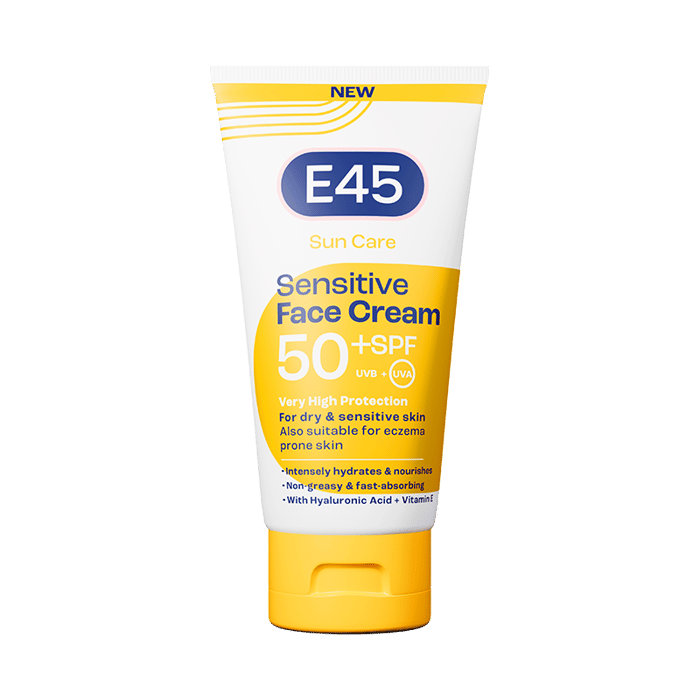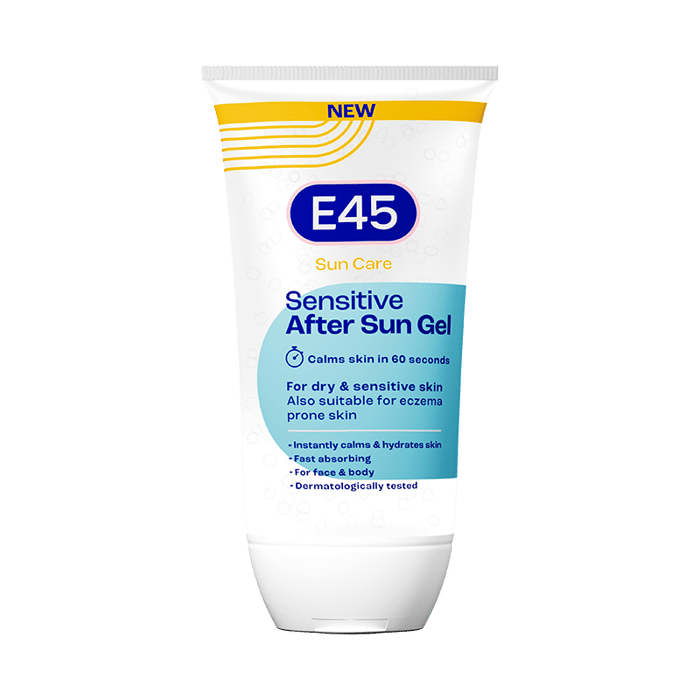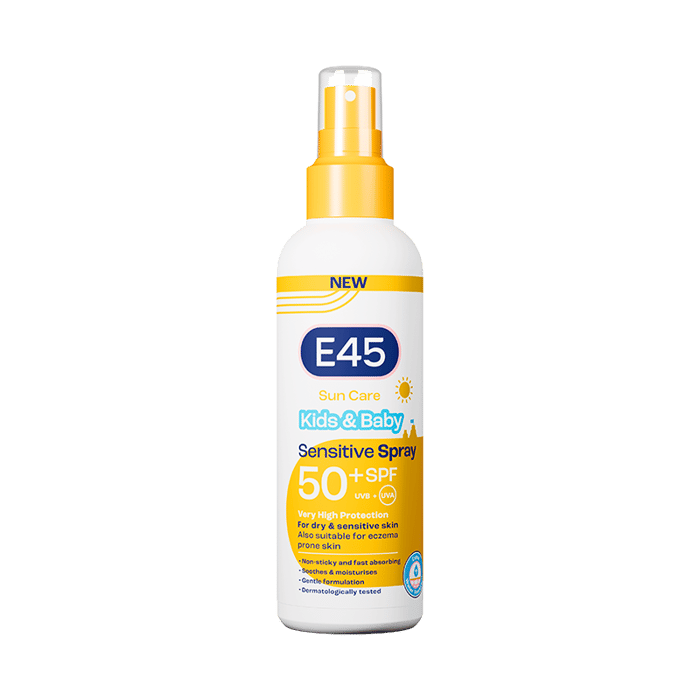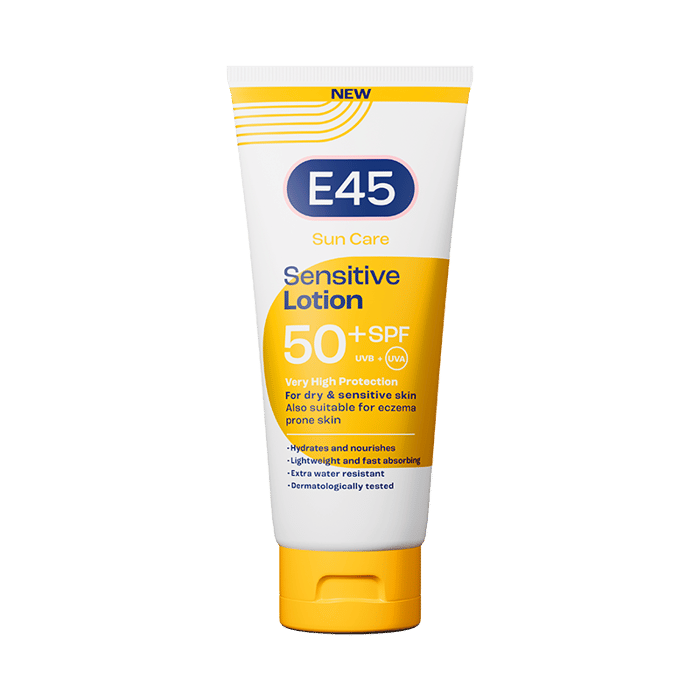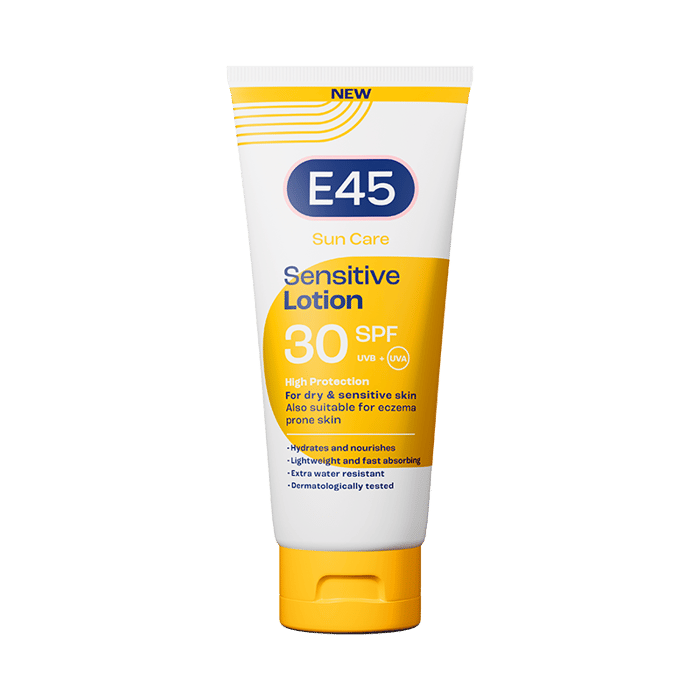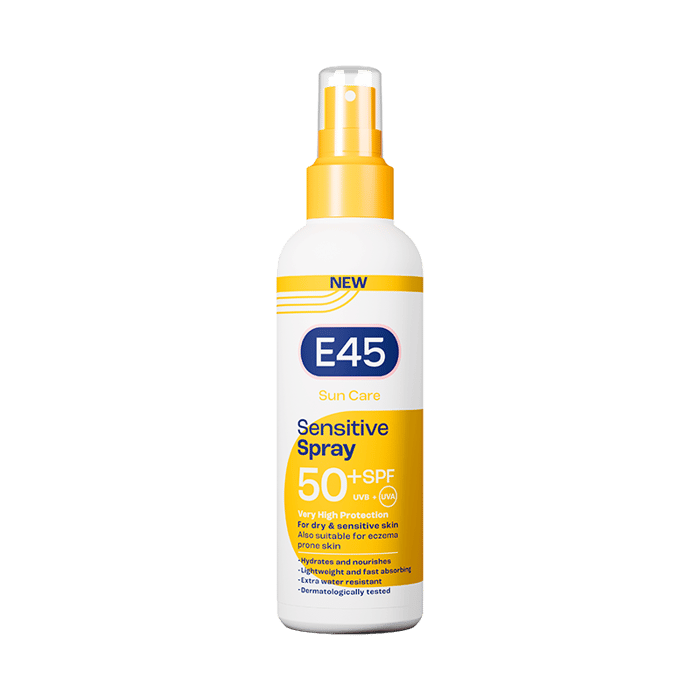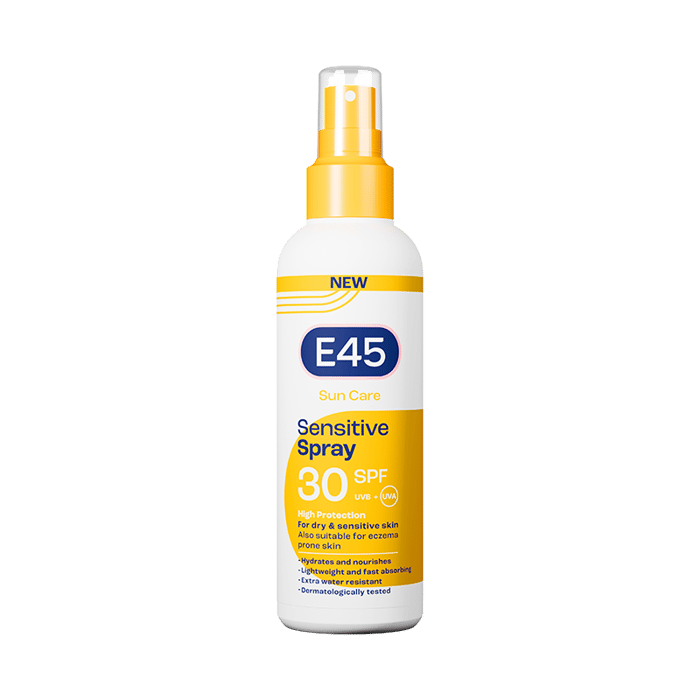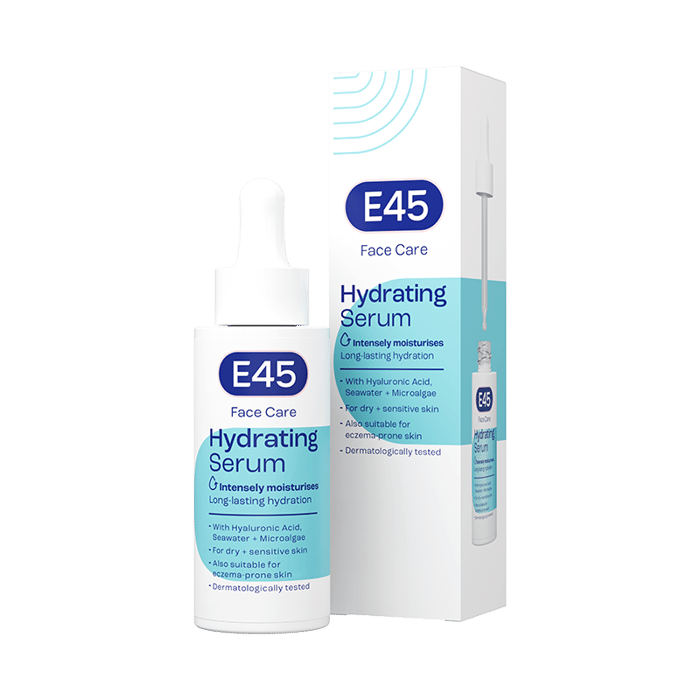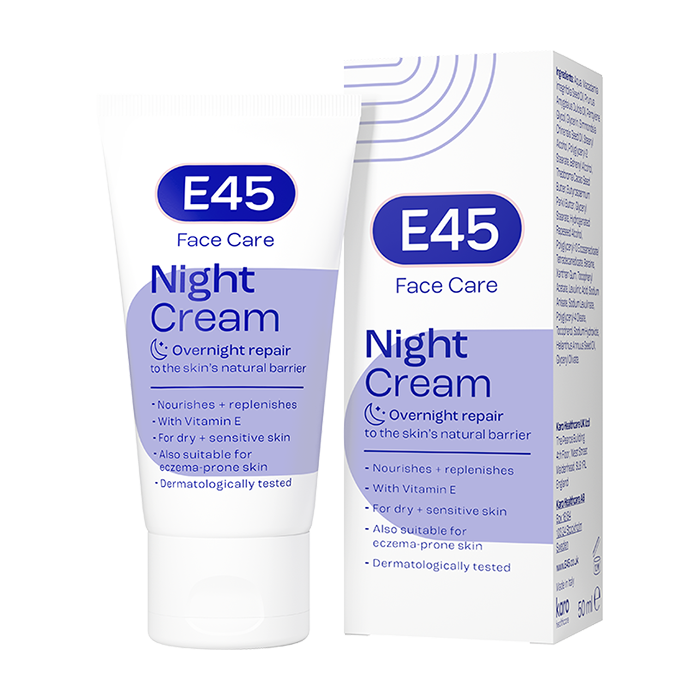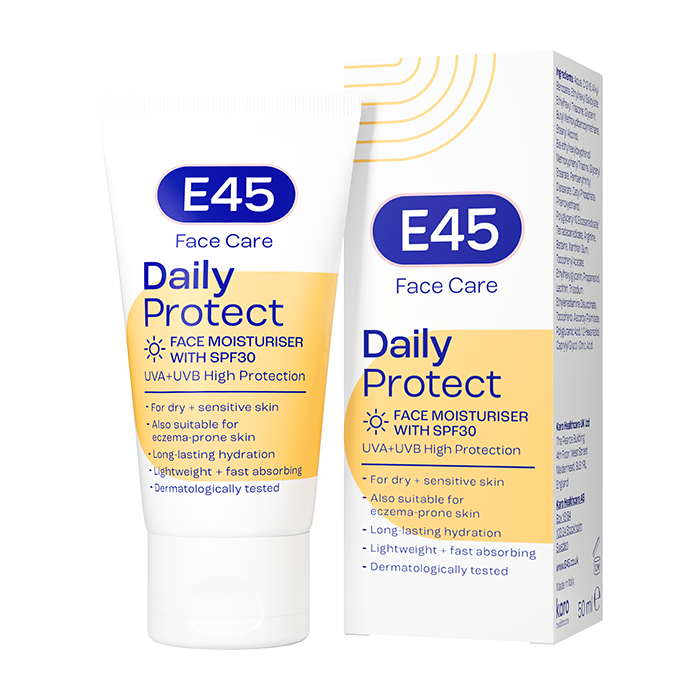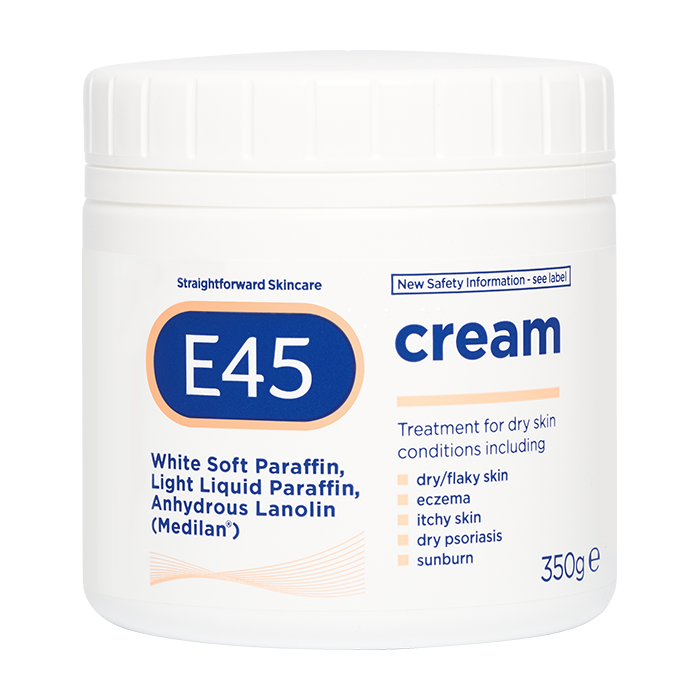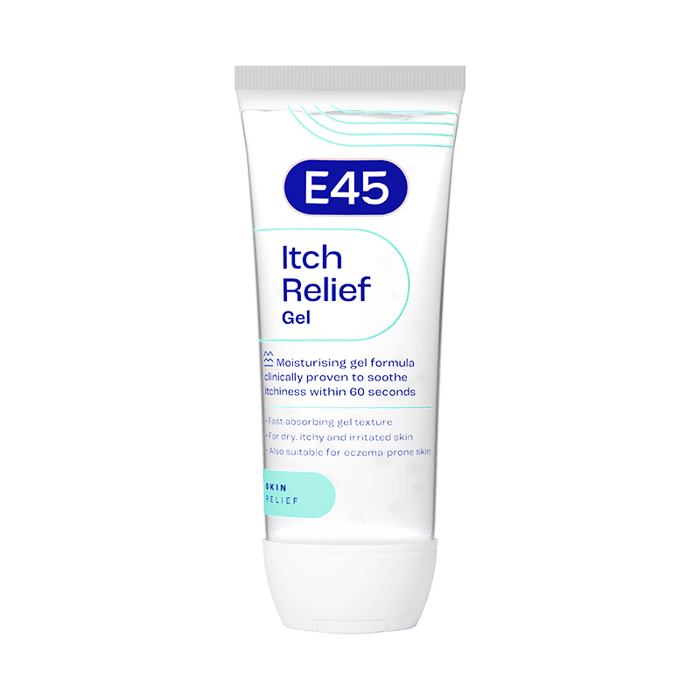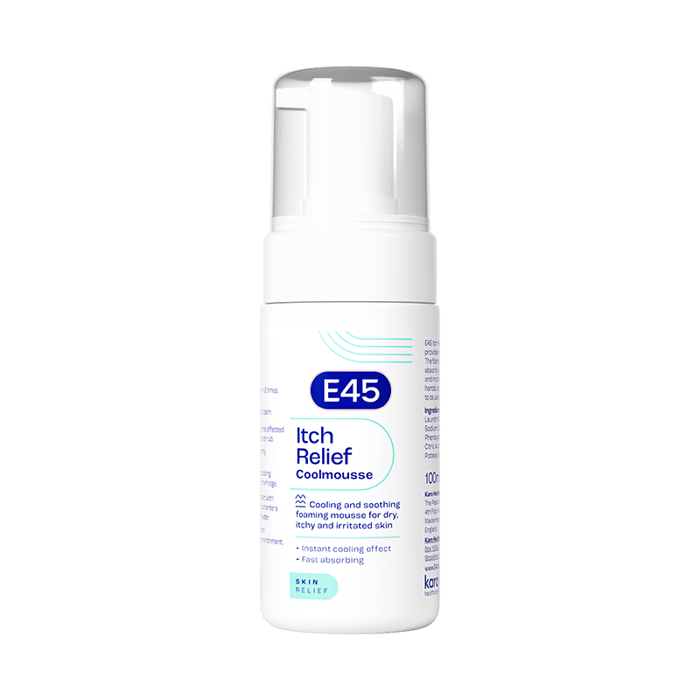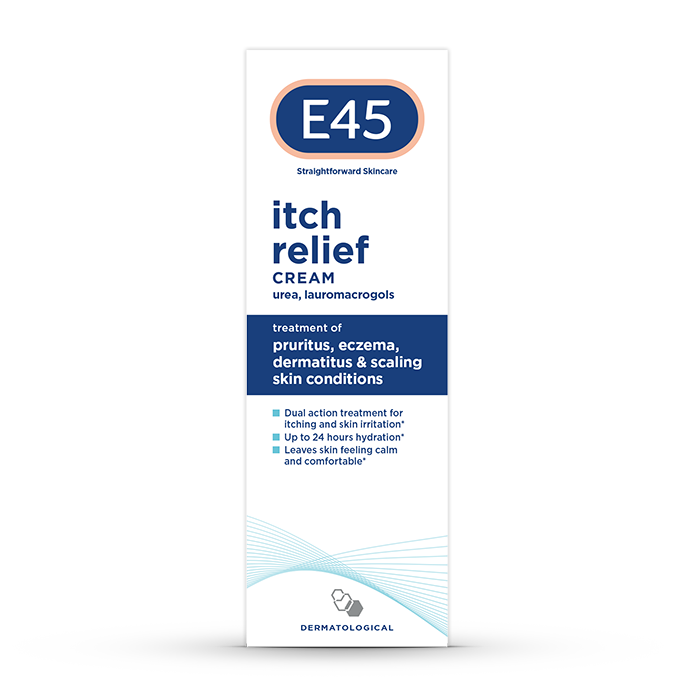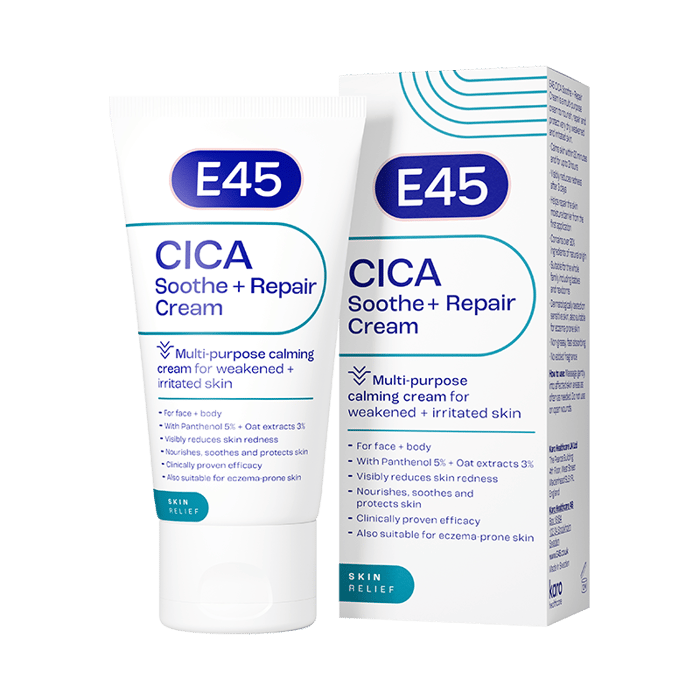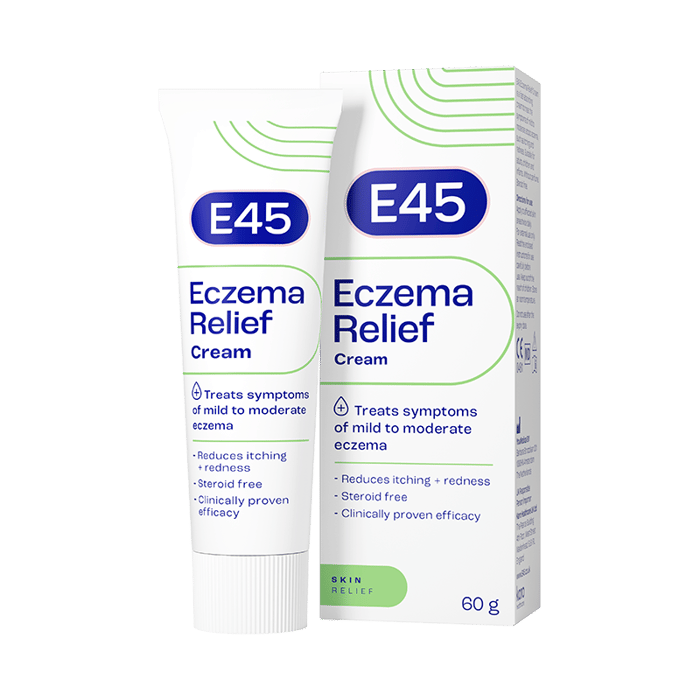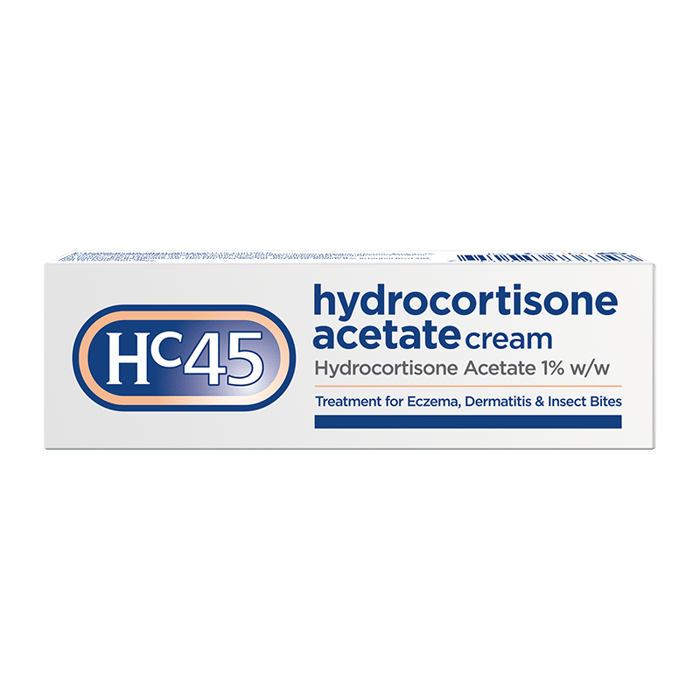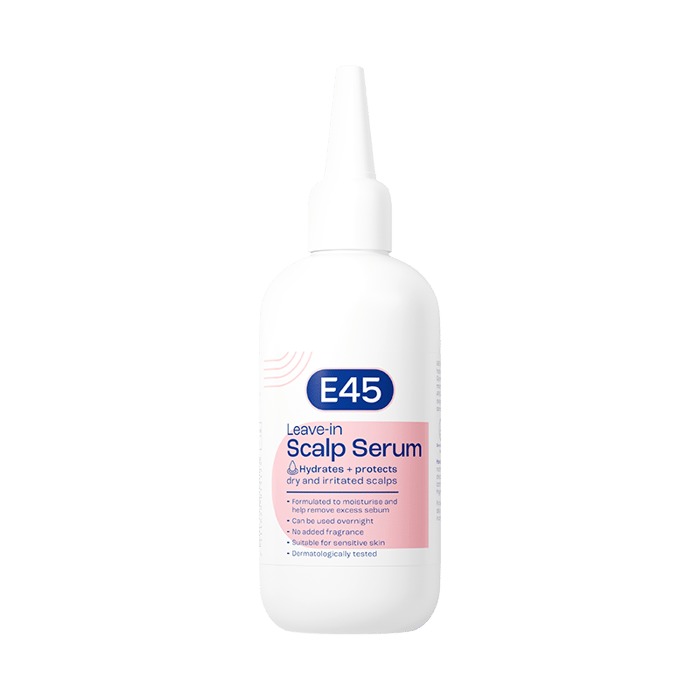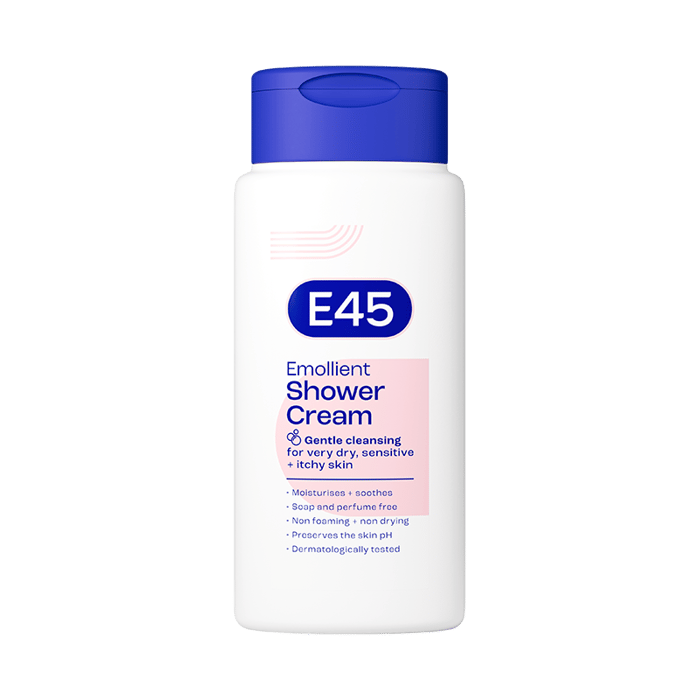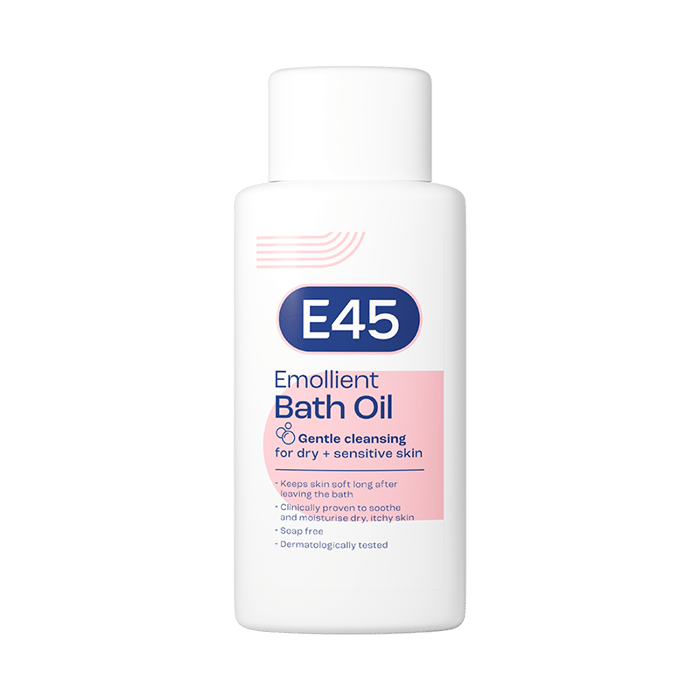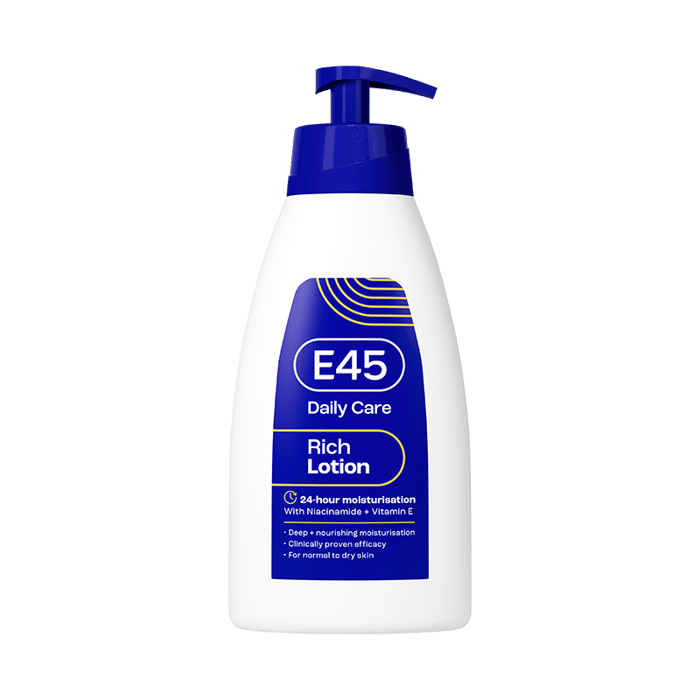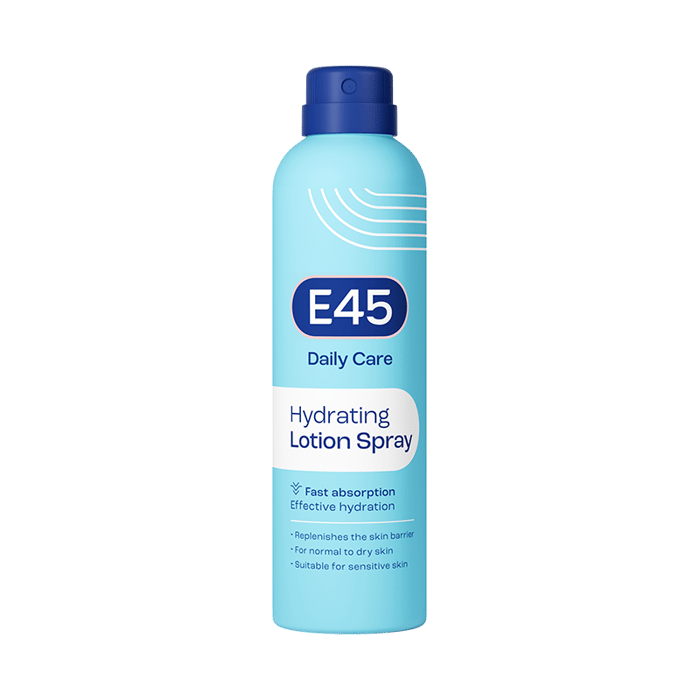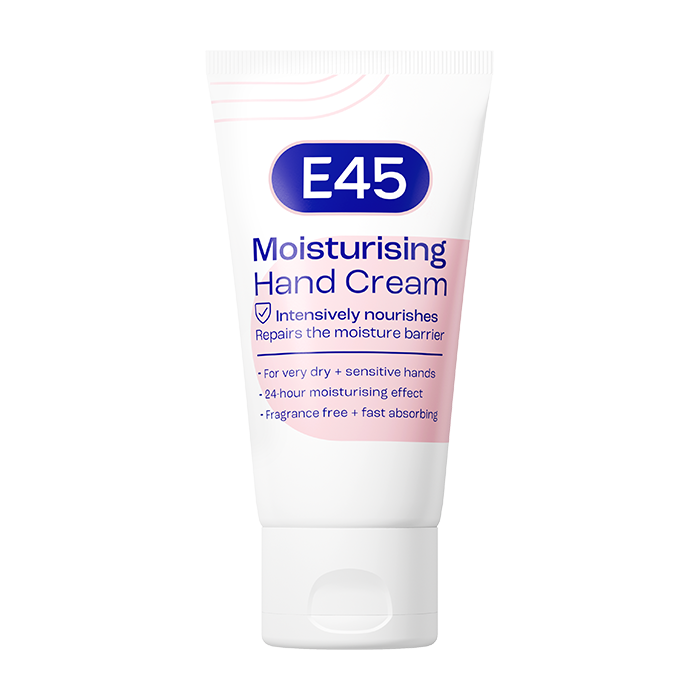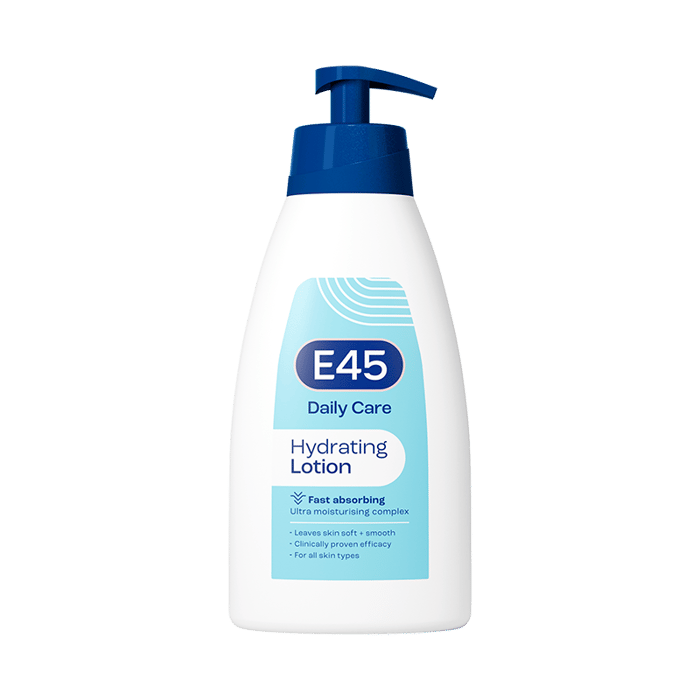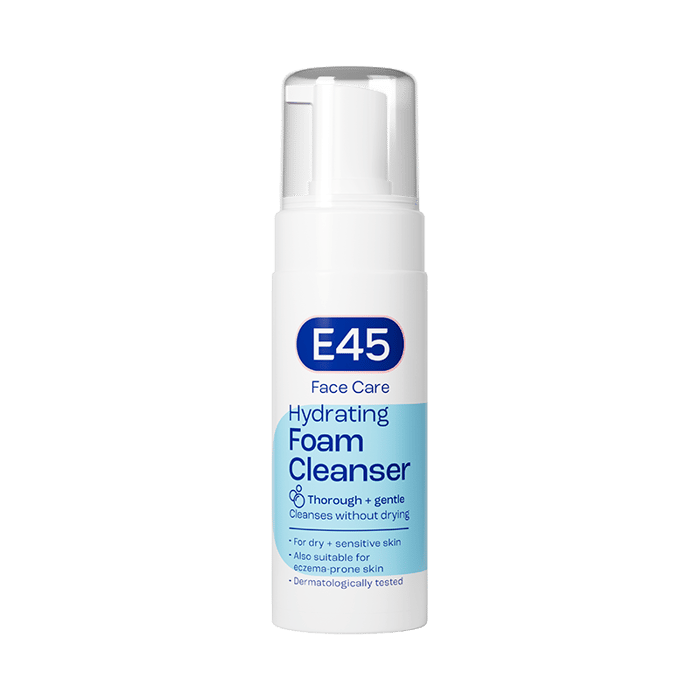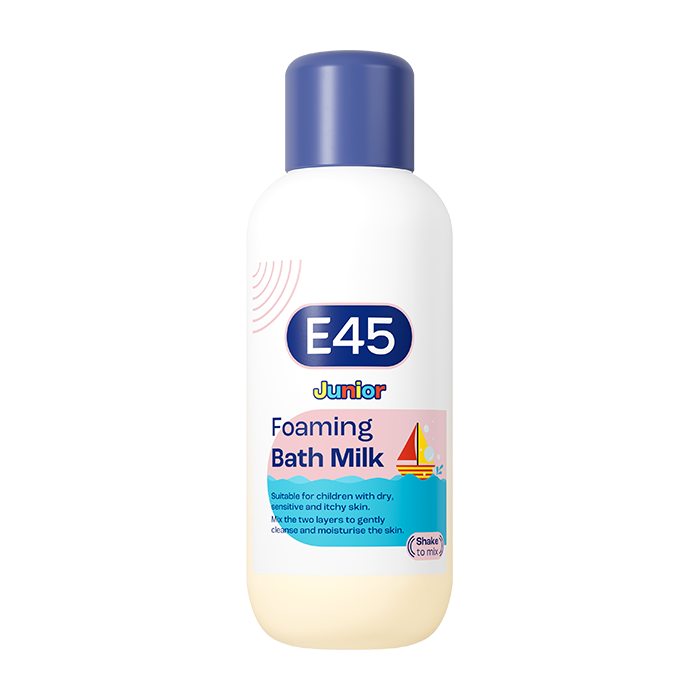How to hydrate the skin: Expert tips for dehydrated skin
Your skin serves as a protective barrier against external factors like weather, pollution and bacteria. Keeping it hydrated is key in order to maintain its overall health and appearance. When the skin is well-hydrated, it looks plump and vibrant. It’s also less prone to fine lines. In this article, we explore how to identify if you have dehydrated skin, and what you can do treat it.
Recognising dehydrated skin
Dehydrated skin is not the same as having a dry skin type. It’s a skin condition that can affect any of us, regardless of whether our skin type is oily, dry or combination. Unlike dry skin, which can be caused by a lack of oil, dehydrated skin is caused by a lack of water.
Signs and symptoms of dehydrated skin
If your skin is dehydrated, you may experience:
- Itchiness: Dehydrated skin can feel itchy and uncomfortable.
- Dullness: The absence of water can make your skin look dull and lifeless.
- Darker under-eye circles: Dehydration can lead to dark circles under your eyes.
- Shadows around the face: Particularly around the nose and under the lips.
- Increased sensitivity: Dehydrated skin can be more sensitive to products and environmental factors.
- Visible skin turgor: This means that your skin is slow to snap back after being pinched, indicating a lack of hydration.
- Flaking: The flaking can especially become visible when applying make-up on top of dehydrated skin.
Dry vs dehydrated skin
“Dry skin” and “dehydrated skin” are often used interchangeably, but they are not the same thing. Dry skin is a skin type lacking in natural oils, which leads to itchiness, flakiness and a rough texture. The skin may also appear dull and feel tight.
Dehydrated skin, on the other hand, is a temporary skin condition resulting from a lack of water in the skin’s uppermost layer. This causes the skin to feel itchy, dry and tight, and often appears dull with signs of premature ageing like fine lines. A primary distinction is that dry skin is largely determined by genetics, whereas dehydrated skin can be caused by various factors, including the environment, diet and incorrect product use.
How to hydrate your skin
To effectively hydrate your skin, in the morning, cleanse gently, apply a hydrating toner and then a serum. Follow with a moisturiser and finish with a broad-spectrum SPF. At night, after cleansing, you might want to use a more intensive hydrating treatment, such as a hydrating mask.
Choosing the right moisturiser
Picking a moisturiser for your skin, especially when it’s feeling dry or tight, can feel like a daunting task with so many options available. Here are a few things to look out for:
- Hydrating ingredients: Start by checking the ingredients list on the back of the product. You want to see words like glycerin, hyaluronic acid, or ceramides. These are the key helpers that can hold onto water and keep your skin feeling hydrated and plump. Think of them like a sponge, soaking up water and keeping your skin soft and moisturised.
- Choose the right texture for you: If your skin is really parched, a cream might be a better fit than a light lotion. Creams are usually thicker and can provide more of the hydration your thirsty skin is craving, but if your skin is oily or prone to acne, a lighter lotion or even a gel might be a better fit.
- Don’t forget about protection: Some moisturisers include ingredients like vitamin E and C as an added bonus. Not only do these hydrate, but they also protect your skin from environmental factors that can cause skin damage, such as pollution or the sun’s UV rays. Always apply proper suncare with your moisturisers.
- Test it out: Everyone’s skin is unique, so what works for your friend might not work for you. If possible, try a small amount of the moisturiser before you buy it to see how your skin reacts. It should feel comfortable on your skin and not sting or cause any redness.
Apply facial oils and serums
Facial oils and serums can provide an extra boost of hydration. Here’s a step-by-step guide on how to use them:
- Cleanse the skin: Use a gentle cleanser suited to your skin type to remove any dirt, oil or makeup.
- Apply a serum: After cleansing, it’s time to apply your serum. Serums are concentrated formulas packed with hydrating ingredients. Take a few drops, warm them between your fingers and gently press onto the skin. Avoid dragging or rubbing.
- Wait for absorption: Serums are lightweight and should absorb quickly. Give it a minute or two to sink into your skin before moving on to the next step.
- Follow with a facial oil: Oils are denser and help to seal in the hydrating benefits of your serum. You don’t need a lot of product since they spread easily. Take a few drops of oil, warm it between your fingers and gently press or pat onto the skin.
- Seal with a moisturiser: Finally, to lock in the benefits of the serum and oil, finish with a moisturiser. This acts as a protective layer, ensuring that all the hydration from your serum and oil stays locked within your skin.
You can also mix the oil with your moisturiser or add it after the moisturiser, if that suits your skin and routine better.
Hydration-boosting ingredients
When shopping for skincare products, look for these ingredients, which help to maintain the skin’s moisture barrier and hydration:
- Hyaluronic acid: This potent humectant draws moisture into your skin.
- Ceramides: Ceramides are lipids that help to strengthen your skin’s natural moisture barrier, preventing moisture loss.
- Glycerin: Like hyaluronic acid, glycerin is a humectant that draws water into the skin to increase hydration.
Skincare is not one-size-fits-all. What works for one person may not work for another, so it’s important to listen to your skin’s needs. If your dehydrated skin symptoms persist despite your best efforts, don’t hesitate to seek professional help.
Lifestyle changes for better skin hydration
- Hydrate from within: Drink plenty of water, as internal hydration impacts your skin. It’s recommended to drink six to eight glasses of water per day. Eating water-rich fruits and vegetables can also help.
- Change your diet: Include omega-3 fatty acids in your diet as they help to retain moisture in the skin. They’re found in fish, walnuts and flaxseeds.
- Prioritise hydration: Staying hydrated isn’t just about drinking water. It’s also a good idea to avoid dehydrating beverages like alcohol and caffeinated drinks.
- Be gentle with your skin: Limit exposure to hot showers, harsh soaps and heated indoor environments as they can strip your skin of its natural oils, leading to dehydration.
- Get some rest: A good night’s sleep allows your skin to restore its natural hydration balance. Using a humidifier at night can also help maintain skin moisture.
Conclusion
When it comes to improving your skin health, keeping the skin hydrated is key. The terms ‘dry skin’ and ‘dehydrated skin’ are often used interchangeably, but they are very different – and understanding what category your skin falls into is the first step towards treating it correctly. Using the correct skincare containing hydrating ingredients can really help – as can hydrating your skin from within by making lifestyle changes. Stay consistent, and over a few skin cycles (that’s around 12 weeks), you should see results.
FAQ: Dehydrated skin
How can I hydrate my skin naturally?
You can naturally hydrate your skin by drinking plenty of water, consuming a diet rich in water-dense fruits and vegetables and applying natural oils such as jojoba or coconut oil to your skin.
How can I hydrate the skin on my face overnight?
An overnight hydration routine can include a hydrating cleanser, a serum and a rich moisturiser or overnight hydration mask. You can also use a humidifier in your bedroom to maintain a moist environment, which helps with skin hydration.
Is my skin dry, or just dehydrated?
Dry skin lacks natural oils and feels rough and flaky, while dehydrated skin lacks water, can feel tight and may show fine lines. Your skin can be either or both, and it’s essential to recognise the signs in order to use the correct treatments.
How rare is dry skin?
Dry skin is not rare. Many people experience dry skin due to factors like weather changes, indoor heating, hot showers and ageing.
Why won’t my moisturiser absorb?
Your moisturiser may not absorb if you’re using the wrong type for your skin, if you’re applying it to dirty skin, or if you’re using too much product. Exfoliating regularly can help improve absorption.



